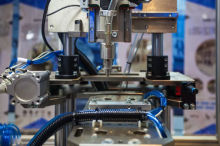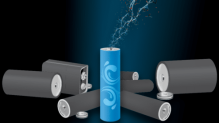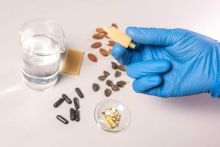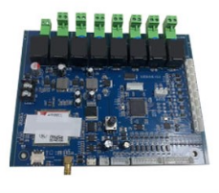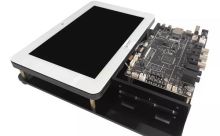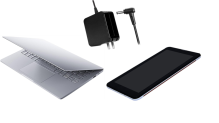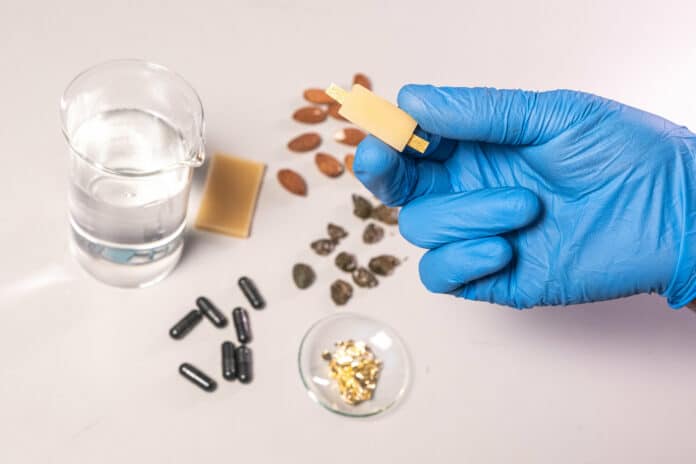
The emerging field of edible electronics has important implications for the diagnosis and treatment of gastrointestinal diseases and food quality monitoring. However, one of the major challenges in this field is the development of edible power sources.
A team of researchers at the Istituto Italiano di Tecnologia (IIT - Italian Institute of Technology) has developed a fully edible rechargeable battery using materials commonly found in our daily diet. Potential uses of the technology include health diagnostics, food quality monitoring and edible soft robots.
Using activated carbon to improve conductivity and using nori seaweed as a separator, the researchers developed an edible battery that uses riboflavin and quercetin as the anode and cathode, respectively. Beeswax encapsulates the electrodes with food-grade gold contacts on a cellulose-derived carrier. When ingested, the battery operates at a safe voltage of 0.65V and can power low-energy devices such as LEDs for up to an hour at 48µA for 12 minutes or a few microamps. It is the first fully edible rechargeable battery, paving the way for new edible electronics possibilities.
Edible circuits and sensors for food storage conditions and monitoring health are potential uses for new fully edible rechargeable batteries. Its high level of safety makes it suitable for children's toys. Researchers are also developing larger, smaller devices that could power edible soft robots.
Edible batteries are a safe alternative to the toxic materials used in batteries and have potential in the field of energy storage. While it won't power electric vehicles, it proves that safer materials can be used in batteries. The development may inspire other scientists to create batteries for a sustainable future.


